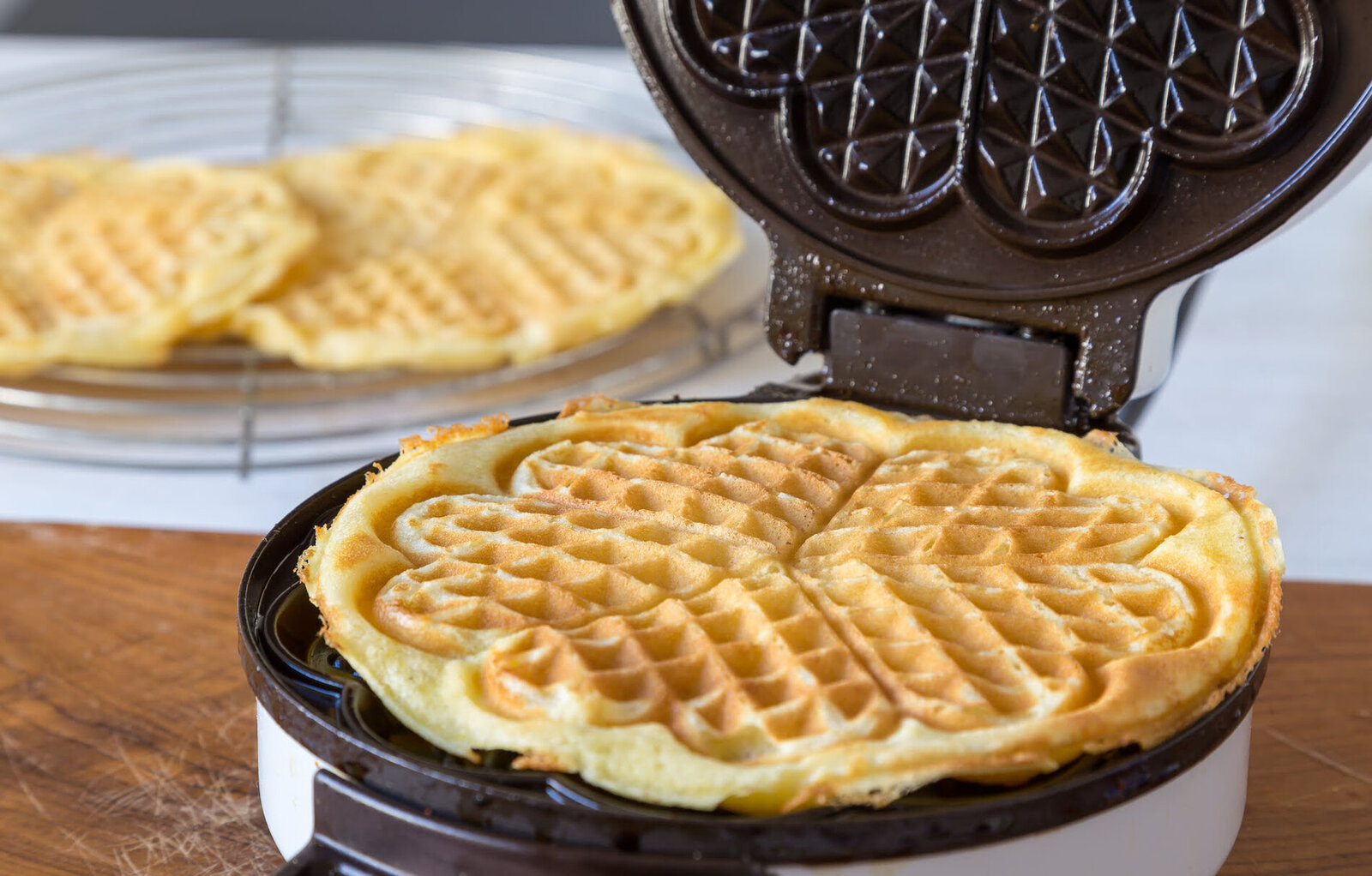

Articles
How To Use A Belgian Waffle Iron
Modified: February 29, 2024
Learn how to use a Belgian waffle iron with these informative articles. Discover expert tips and tricks for making delicious homemade waffles.
(Many of the links in this article redirect to a specific reviewed product. Your purchase of these products through affiliate links helps to generate commission for Storables.com, at no extra cost. Learn more)
Introduction
Welcome to the wonderful world of Belgian waffles! If you’re a fan of these delicious, fluffy treats, then you probably already know that owning a Belgian waffle iron is essential. Whether you’re a seasoned pro or a newbie in the kitchen, this article will guide you through the process of using a Belgian waffle iron to create mouthwatering waffles from scratch.
Belgian waffles are known for their light and airy texture, perfect for holding onto your favorite toppings like fresh fruits, whipped cream, or maple syrup. But achieving that perfect waffle requires some know-how and a few tricks of the trade.
In this article, we’ll cover everything you need to know about using a Belgian waffle iron, from understanding the different types available to the step-by-step process of making and cooking the perfect waffle. We’ll also provide tips for serving and maintaining your waffle iron, as well as troubleshooting common issues that may arise. So, let’s dive in and discover the secrets to creating delectable Belgian waffles!
Key Takeaways:
- Master the art of creating light, fluffy Belgian waffles by understanding your waffle iron, preparing the batter, and cooking with precision. Elevate your breakfast game with delicious homemade waffles!
- Embrace the joy of waffle-making with creative toppings, personalized servings, and troubleshooting tips. Enjoy the delightful experience of savoring each bite and impress your loved ones with your culinary skills.
Read more: Where To Purchase A Belgian Waffle Iron
Understanding the Belgian Waffle Iron
Before we jump into the process of using a Belgian waffle iron, let’s take a moment to understand what it is and how it differs from other types of waffle irons.
A Belgian waffle iron is specifically designed to make Belgian-style waffles, which are known for their deep pockets and thick, fluffy texture. These waffles are larger and have a lighter interior compared to traditional American-style waffles. The secret to their unique texture lies in the deep grid pattern of the waffle iron, which allows the batter to rise and create those signature deep pockets that can hold an array of delicious toppings.
Belgian waffle irons come in various shapes and sizes, but the most common type is the rectangular iron, which produces waffles with four or six separate sections. Some irons may also have a non-stick coating to ensure easy removal of the waffles once they’re cooked.
When choosing a Belgian waffle iron, it’s important to consider the size of the cooking surface. A larger cooking surface will allow you to make bigger waffles, but keep in mind that it will also take up more storage space. Additionally, look for a waffle iron with adjustable temperature settings, as this will give you more control over the cooking process and allow you to achieve the desired level of crispiness.
Now that we have a good understanding of what a Belgian waffle iron is, let’s move on to the next steps: preparing the waffle iron and mixing the batter.
Preparing the Waffle Iron
Before diving into the waffle-making process, it’s important to properly prepare your Belgian waffle iron. This ensures that your waffles will cook evenly and release easily from the iron. Follow these simple steps to prepare your waffle iron:
- Read the manufacturer’s instructions: Start by carefully reading the instruction manual that comes with your waffle iron. Each model may have specific guidelines for prepping and using the appliance.
- Clean the waffle iron: If you’re using a brand-new waffle iron, it’s still a good idea to give it a quick clean before the first use. Use a damp cloth to wipe away any dust or debris that may have accumulated during storage.
- Check for any removable parts: Some waffle irons come with removable plates or grids. If this is the case, remove them and wash them separately according to the manufacturer’s instructions.
- Season the waffle iron: Seasoning the waffle iron helps to create a non-stick surface, preventing the waffles from sticking to the iron. To season, lightly coat the cooking surfaces with a thin layer of cooking oil or cooking spray. Use a brush or paper towel to spread the oil evenly. Then, preheat the waffle iron for a few minutes to allow the oil to penetrate the surface.
- Allow the waffle iron to cool down: After seasoning, turn off the waffle iron and let it cool down completely before moving on to the next step. This ensures that the batter doesn’t immediately start cooking upon contact with the hot surface.
By properly preparing your Belgian waffle iron, you’re setting the stage for waffle-making success. Now that your iron is prepped and ready to go, let’s move on to mixing the batter!
Mixing the Batter
The key to achieving fluffy and delicious Belgian waffles lies in the batter. Here’s a simple and versatile recipe to get you started:
- Gather your ingredients: You’ll need 2 cups of all-purpose flour, 2 tablespoons of granulated sugar, 1 tablespoon of baking powder, 1/2 teaspoon of salt, 2 large eggs, 1 3/4 cups of milk, 1/2 cup of melted butter, and 1 teaspoon of vanilla extract.
- In a large mixing bowl, whisk together the flour, sugar, baking powder, and salt. This helps to evenly distribute the dry ingredients and prevent lumps in the batter.
- In a separate bowl, whisk together the eggs, milk, melted butter, and vanilla extract until well combined.
- Add the wet ingredients to the dry ingredients and gently stir until just combined. Be careful not to overmix the batter, as this can result in dense and tough waffles.
- Let the batter rest for about 5 minutes. This allows the ingredients to fully hydrate and results in a lighter texture.
Now that you have your batter ready, it’s time to move on to preheating the waffle iron and getting ready to cook those delectable Belgian waffles!
Preheating the Waffle Iron
Once your batter is mixed and ready, it’s time to preheat your Belgian waffle iron. Preheating the iron ensures that the waffles cook evenly and achieve that beautiful golden brown color. Here’s how to properly preheat your waffle iron:
- Plug in your waffle iron and set it to the desired temperature. Most waffle irons have a temperature control dial that allows you to adjust the heat settings.
- Allow the waffle iron to preheat for several minutes. The light on the iron will typically turn on or off to indicate that the desired temperature has been reached.
- While the waffle iron is preheating, it’s a good idea to gather any toppings or condiments you plan to serve with the waffles. This way, everything will be ready to go once the waffles are cooked.
- It’s important to note that cooking times may vary depending on your waffle iron and the desired level of crispness. If you prefer a softer waffle, you may want to set your iron to a lower heat setting and cook for a shorter amount of time. If you prefer a crispier waffle, you can set the iron to a higher heat setting and cook for a longer duration.
Now that your waffle iron is preheated and ready to go, it’s time to pour the batter and start cooking those delicious Belgian waffles!
Pouring the Batter
Now that your waffle iron is preheated, it’s time to pour the batter and start cooking those mouthwatering Belgian waffles. Follow these steps to ensure a successful pouring process:
- Open the waffle iron and carefully pour the batter onto the center of the hot iron, using a ladle or measuring cup. The amount of batter needed will depend on the size of your waffle iron and the desired thickness of the waffles. Start with a smaller amount and adjust accordingly in subsequent batches.
- Use a spatula or the back of a spoon to evenly spread the batter across the surface of the waffle iron, ensuring that it reaches the edges. This will help to create evenly cooked waffles with a consistent thickness.
- Be careful not to overfill the waffle iron, as this can cause the batter to spill over the sides and make a mess. Start with a small amount of batter and add more if needed.
- Close the waffle iron and l
Before using a Belgian waffle iron, make sure to preheat it and lightly grease the plates to prevent sticking. Pour the batter evenly and close the lid gently to avoid overflow.
Cooking the Waffle
Once you’ve poured the batter into the preheated waffle iron, it’s time to let the magic happen and cook your delicious Belgian waffle. Here are the steps to ensure a perfectly cooked waffle:
- Close the waffle iron and lock it in place. This allows the heat to be evenly distributed and ensures that the waffle cooks thoroughly.
- Let the waffle cook for the recommended time, which is typically indicated in the instruction manual or recipe. This can range from 3 to 5 minutes, depending on the desired level of crispness and the specific waffle iron you’re using.
- Avoid opening the waffle iron too soon, as this can cause the waffle to tear or stick to the iron. Instead, rely on the indicator lights or timer to determine when the waffle is ready.
- It’s important to note that the cooking time may vary depending on the thickness of the batter, the heat setting of the waffle iron, and personal preference. It’s always a good idea to check the waffle periodically to ensure it doesn’t burn.
- Once the cooking time is up, carefully open the waffle iron and check if the waffle is golden brown and crisp. If it needs a bit more time, close the waffle iron and cook for a little longer.
- Using a heat-resistant spatula or tongs, gently remove the cooked waffle from the iron. Be careful not to scratch the non-stick surface of the iron.
- Place the cooked waffle on a wire rack or directly onto a serving plate to cool slightly and retain its crispness.
Now that your waffle is cooked to perfection, it’s time to remove it from the iron and get ready to serve and enjoy!
Removing the Waffle
Once your Belgian waffle is cooked to perfection, the next step is to carefully remove it from the waffle iron. Follow these steps to ensure a successful removal process:
- Carefully open the waffle iron using oven mitts or heat-resistant gloves to protect your hands from the hot surfaces.
- Using a heat-resistant spatula or tongs, gently lift the edges of the waffle to loosen it from the iron. Be cautious not to scratch the non-stick surface of the iron.
- Once the edges are lifted, slide the spatula or tongs beneath the waffle to fully release it from the iron.
- If the waffle seems to stick or doesn’t come off easily, gently pry it off using the spatula or tongs, taking care not to break or damage the waffle.
- Place the removed waffle on a wire rack or directly onto a serving plate to cool slightly. This will help it retain its crispness.
- If you’re making multiple waffles, repeat the process for each batch, ensuring that you properly reheat and re-grease the waffle iron between each use.
With the waffle successfully removed from the iron, it’s time to move on to the exciting part – serving and enjoying your delicious Belgian waffle!
Serving and Enjoying your Belgian Waffle
Now that your freshly cooked Belgian waffle is ready, it’s time to tantalize your taste buds by serving and enjoying it. Here are some tips to make your waffle experience even more delightful:
- Transfer the warm waffle onto a serving plate, and if desired, cut it into quarters for easy handling.
- Top your waffle with a variety of delicious toppings. Traditional options include whipped cream, fresh fruits such as strawberries or blueberries, maple syrup, powdered sugar, or even a dollop of Nutella. Get creative and experiment with your favorite flavors!
- If you prefer a savory twist, you can serve your Belgian waffle with savory toppings like fried chicken, bacon, or cheese.
- Pair your waffle with a warm cup of coffee or a refreshing glass of orange juice to complete your breakfast or brunch experience.
- If you’re serving Belgian waffles to a larger group, keep them warm by placing them on a baking sheet in a low-temperature oven (around 200°F or 95°C) until you’re ready to serve.
- Encourage your guests to personalize their waffles by offering a variety of toppings, sauces, and spreads. This adds a fun and interactive element to your waffle spread.
- Enjoy your fresh, warm Belgian waffle while it’s still piping hot. The combination of the crispy exterior and fluffy interior is truly irresistible!
Remember, the true joy of Belgian waffles is not only in their taste but also in the experience of savoring each bite. So take your time, enjoy the wonderful flavors and textures, and indulge in the delight of your homemade Belgian waffle creation!
Cleaning and Maintenance of the Waffle Iron
Proper cleaning and maintenance of your Belgian waffle iron are essential to ensure its longevity and continued performance. Follow these guidelines to keep your waffle iron in tip-top shape:
- Allow the waffle iron to cool completely before cleaning. Hot surfaces can cause burns.
- Remove any excess batter or crumbs from the waffle iron using a soft, damp cloth or a brush. Be gentle to avoid scratching the non-stick surface.
- If the waffle iron has removable plates or grids, remove them and wash them separately according to the manufacturer’s instructions.
- Wipe the surface of the waffle iron with a clean cloth or sponge dampened with warm, soapy water. Avoid using abrasive cleaners or scrub brushes, as they can damage the non-stick coating.
- For stubborn residue or stains, mix a paste of baking soda and water and apply it to the affected areas. Let it sit for a few minutes before gently scrubbing with a soft brush or sponge.
- Rinse the waffle iron with clean water to remove any soap or cleaning solution.
- Use a clean, dry cloth or towel to thoroughly dry the waffle iron, ensuring that no moisture remains to prevent rusting or damage.
- If the waffle iron has a removable drip tray, empty and clean it separately.
- Once the waffle iron is cleaned and dried, store it in a cool, dry place to prevent moisture buildup and potential damage.
- Regularly check the power cord and plug for any signs of damage. If any issues are detected, discontinue use and contact the manufacturer for repairs or replacement.
- Refer to the manufacturer’s instructions for any additional cleaning or maintenance recommendations specific to your waffle iron model.
By following these cleaning and maintenance practices, you’ll ensure that your Belgian waffle iron remains in excellent condition, ready to serve you countless batches of delicious waffles for years to come.
Troubleshooting Common Issues
While using a Belgian waffle iron can be a delightful experience, it’s not uncommon to encounter a few issues along the way. Here are some common problems you may encounter when using a waffle iron and how to troubleshoot them:
- Waffles sticking to the iron: Make sure the waffle iron is properly seasoned with oil or cooking spray before pouring the batter. Additionally, ensure that the waffle iron is thoroughly preheated before adding the batter. If the waffles still stick, try adjusting the temperature or cooking time. And if needed, lightly grease the iron between each waffle using a small amount of oil or cooking spray.
- Unevenly cooked waffles: If your waffles are not cooking evenly, make sure the batter is evenly spread across the surface of the waffle iron. Adjust the heat settings or cooking time if necessary. You may also need to rotate the waffle iron halfway through the cooking process to ensure even browning.
- Waffles that are too dense or thick: If your waffles turn out dense or thick, make sure you’re not overmixing the batter. Overmixing can develop gluten and result in a tougher texture. Additionally, check the leavening agent (baking powder) to ensure it’s fresh and not expired. Adjusting the amount of liquid in the batter and spreading it thinner on the iron can also help create a lighter texture.
- Waffles that are too thin or undercooked: If your waffles are coming out too thin or undercooked, you may have used an insufficient amount of batter. Adjust the quantity of batter and spread it evenly across the surface of the waffle iron. Make sure the waffle iron is properly preheated and increase the cooking time if necessary.
- Excessive batter overflow: If the batter overflows and spills out of the waffle iron, you may have used too much batter or filled the iron too close to the edges. Start with a smaller amount of batter, leaving some space around the edges to allow for expansion during cooking.
If you encounter any other issues or if the problem persists, consult the manufacturer’s instructions or contact their customer support for further assistance. They will be able to provide specific guidance tailored to your waffle iron model.
By troubleshooting these common issues, you’ll be able to overcome any challenges and continue to enjoy perfectly cooked Belgian waffles every time!
Conclusion
Using a Belgian waffle iron is a delightful way to create mouthwatering waffles with a fluffy texture and deep pockets. By understanding the intricacies of the waffle iron, preparing the iron, mixing the batter, preheating the iron, pouring the batter, cooking the waffle, removing the waffle, and serving it with your favorite toppings, you can enjoy a scrumptious breakfast or brunch experience from the comfort of your own home.
Cleaning and maintaining your waffle iron ensures its longevity and continued performance, allowing you to enjoy many more batches of delicious waffles in the future. And if you encounter any issues along the way, troubleshooting common problems will help you overcome any challenges and achieve waffle-making success.
So, whether you’re a seasoned waffle-making pro or just starting your culinary adventures, using a Belgian waffle iron will add a touch of deliciousness to your breakfast or brunch routine. So gather your ingredients, preheat your waffle iron, mix the batter, and let the sweet aroma of freshly cooked Belgian waffles fill your kitchen.
Remember to get creative with your toppings, personalize your waffles, and enjoy the experience of savoring each bite. With a little practice, you’ll become a master of the art of Belgian waffle making, impressing your family and friends with your culinary skills.
So go ahead, dust off that Belgian waffle iron, and embark on a journey of waffle-making delight. Indulge in the fluffiness, the crispiness, and the heavenly taste of homemade Belgian waffles – making breakfast or brunch an occasion to cherish.
Frequently Asked Questions about How To Use A Belgian Waffle Iron
What type of batter should I use for a Belgian waffle iron?You can use a classic waffle batter made from flour, eggs, milk, and butter. For a lighter and fluffier texture, you can also separate the egg whites and whip them to stiff peaks before folding them into the batter.Can I use a Belgian waffle iron to make other types of waffles?Absolutely! While the Belgian waffle iron is designed for making thick, fluffy waffles with deep pockets, you can also use it to make traditional waffles or even experiment with savory waffle recipes.How do I prevent my waffles from sticking to the iron?To prevent sticking, make sure to thoroughly grease the waffle iron with cooking spray or melted butter before pouring in the batter. Additionally, allow the waffles to cook until they are golden brown and easily lift off the iron.What are some creative toppings and fillings for Belgian waffles?You can top your Belgian waffles with a variety of sweet options such as fresh fruit, whipped cream, chocolate sauce, or maple syrup. For a savory twist, try topping them with fried chicken, bacon, or even a fried egg.Can I make ahead and freeze Belgian waffles?Yes, you can make a batch of Belgian waffles ahead of time and freeze them for later. Simply allow the waffles to cool completely, then place them in a single layer in a freezer bag or container. To reheat, simply pop them in the toaster or oven until they are heated through and crispy.
Was this page helpful?
At Storables.com, we guarantee accurate and reliable information. Our content, validated by Expert Board Contributors, is crafted following stringent Editorial Policies. We're committed to providing you with well-researched, expert-backed insights for all your informational needs.
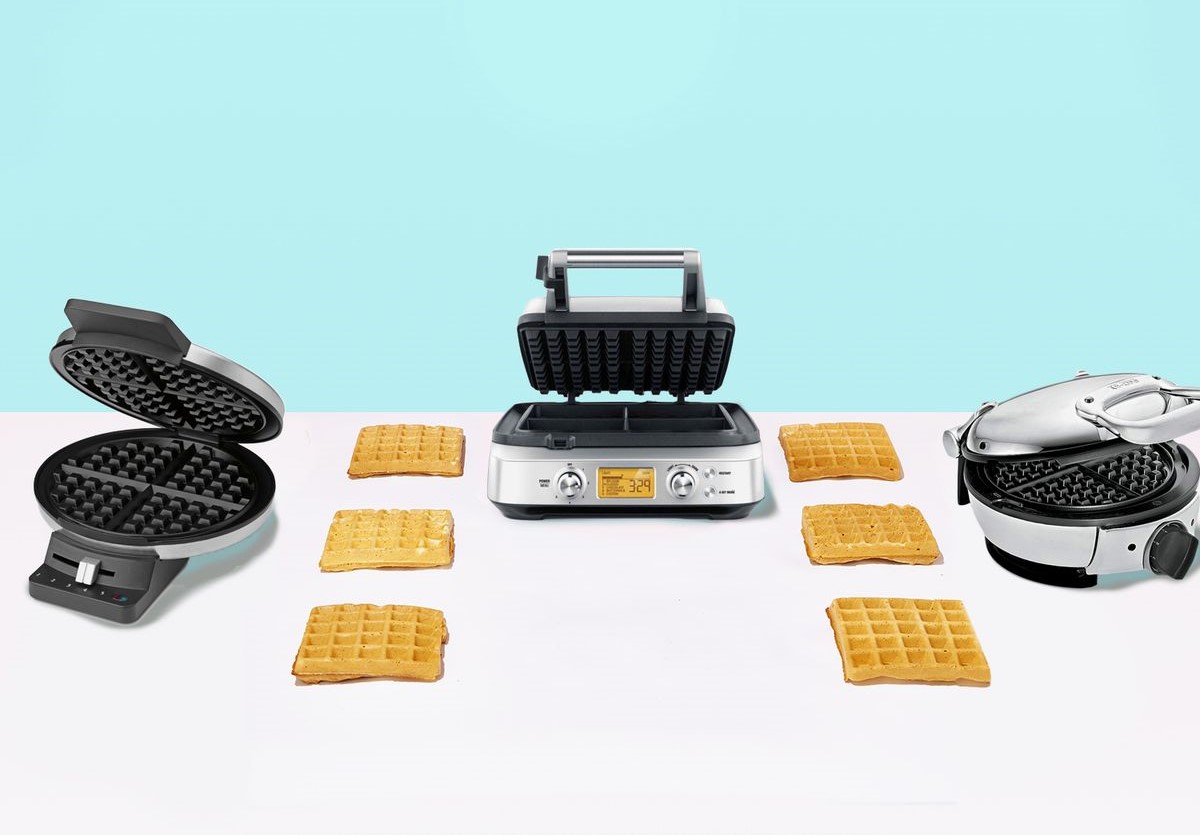
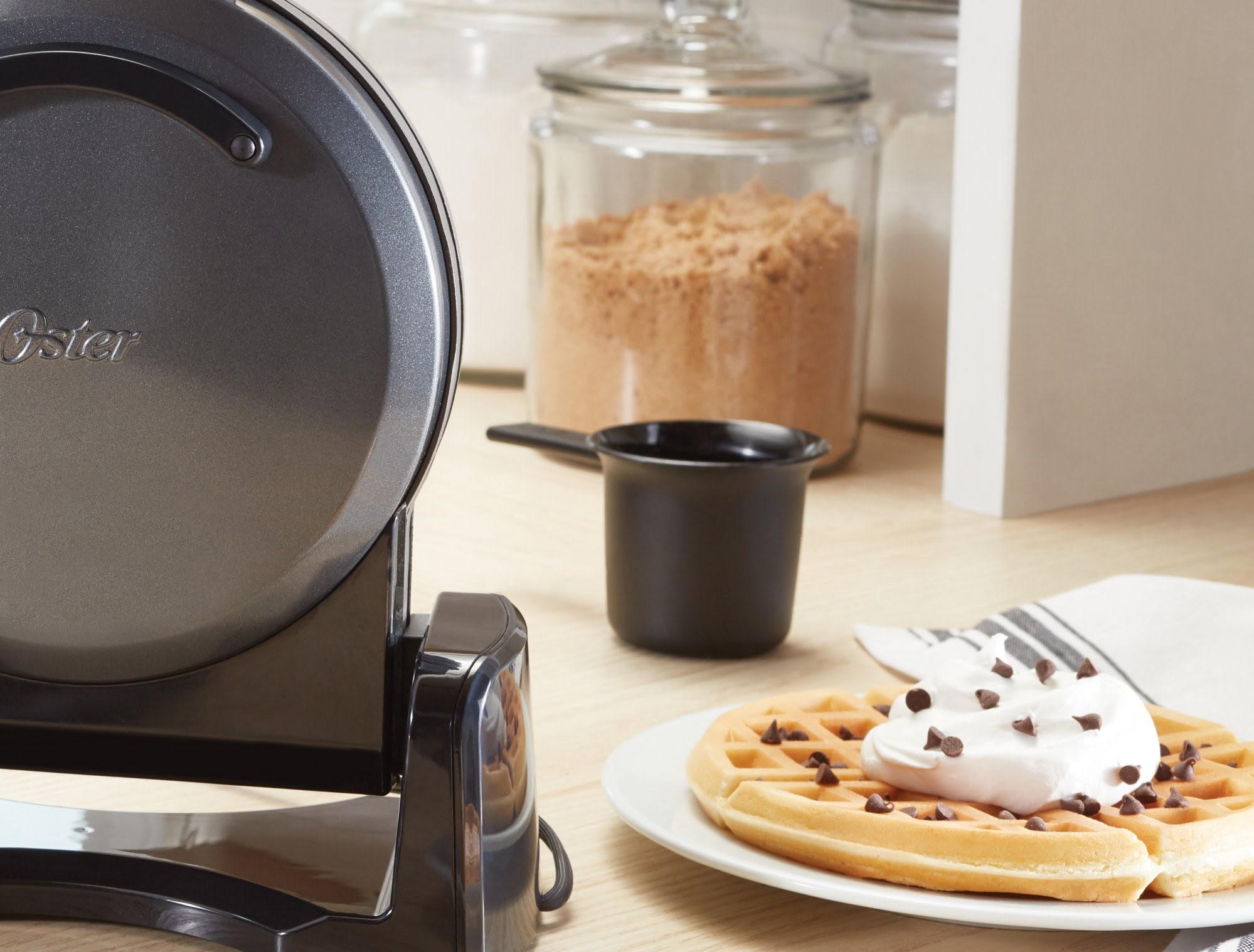
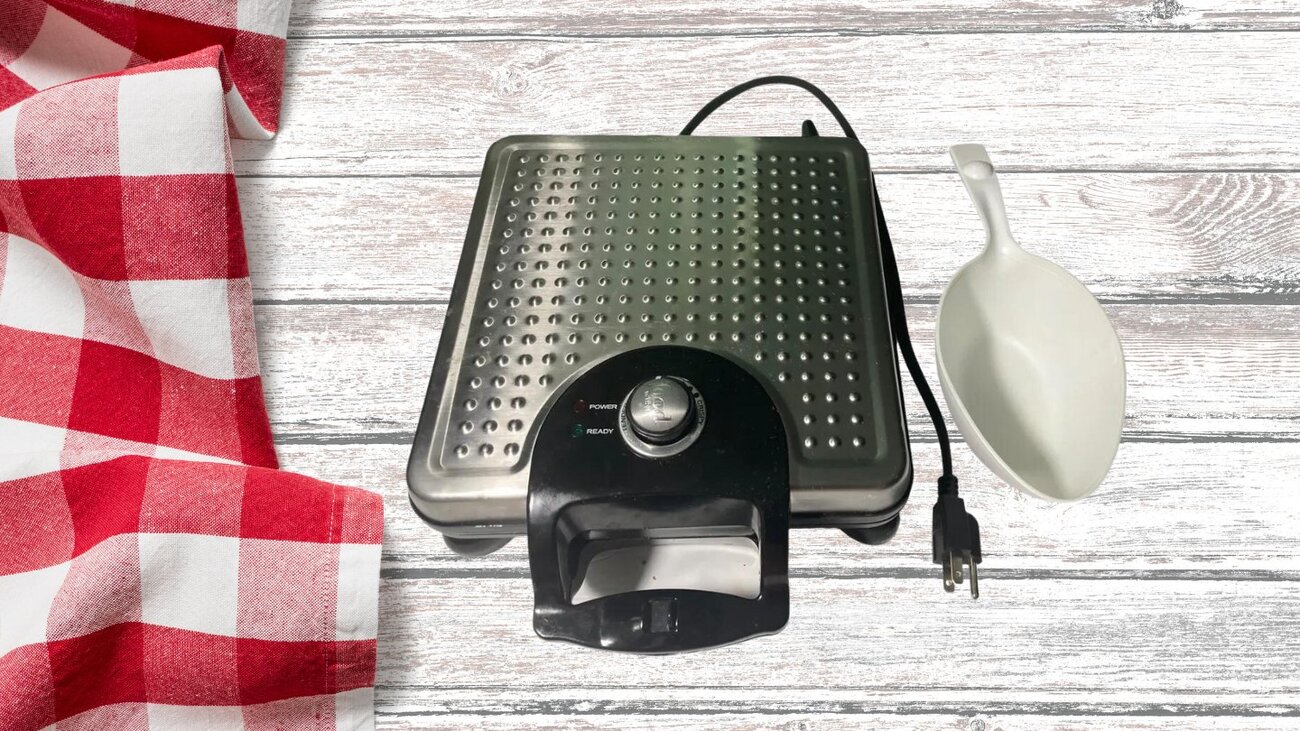
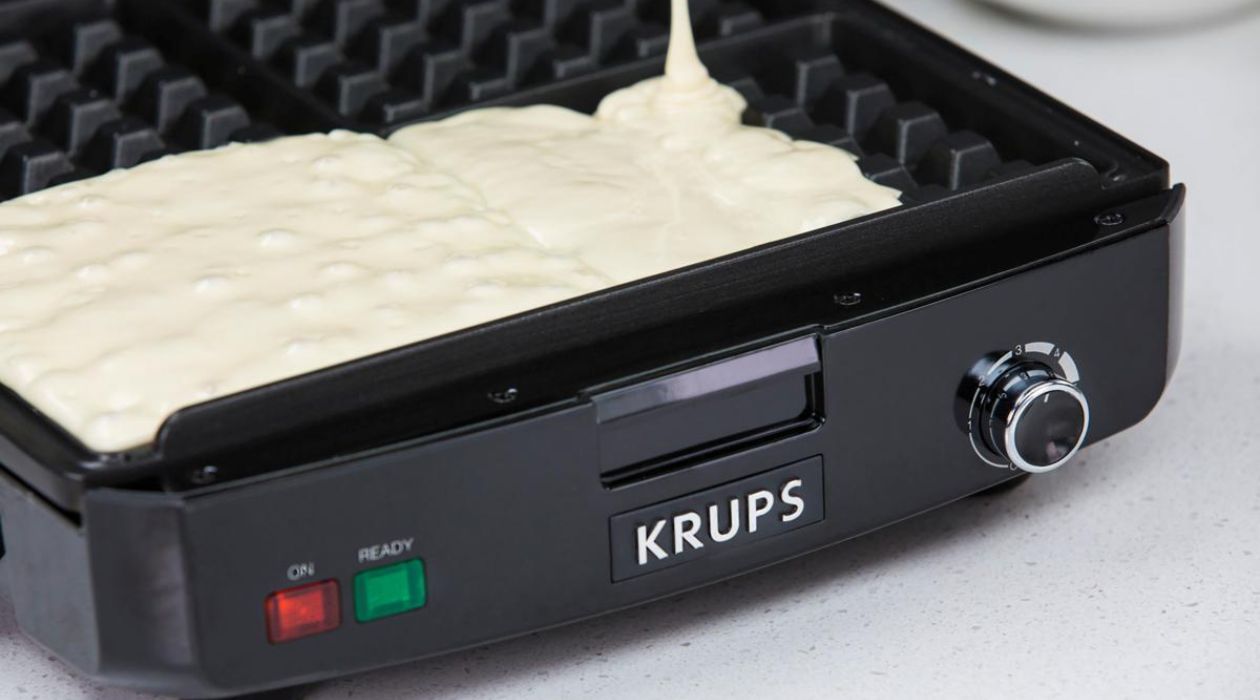
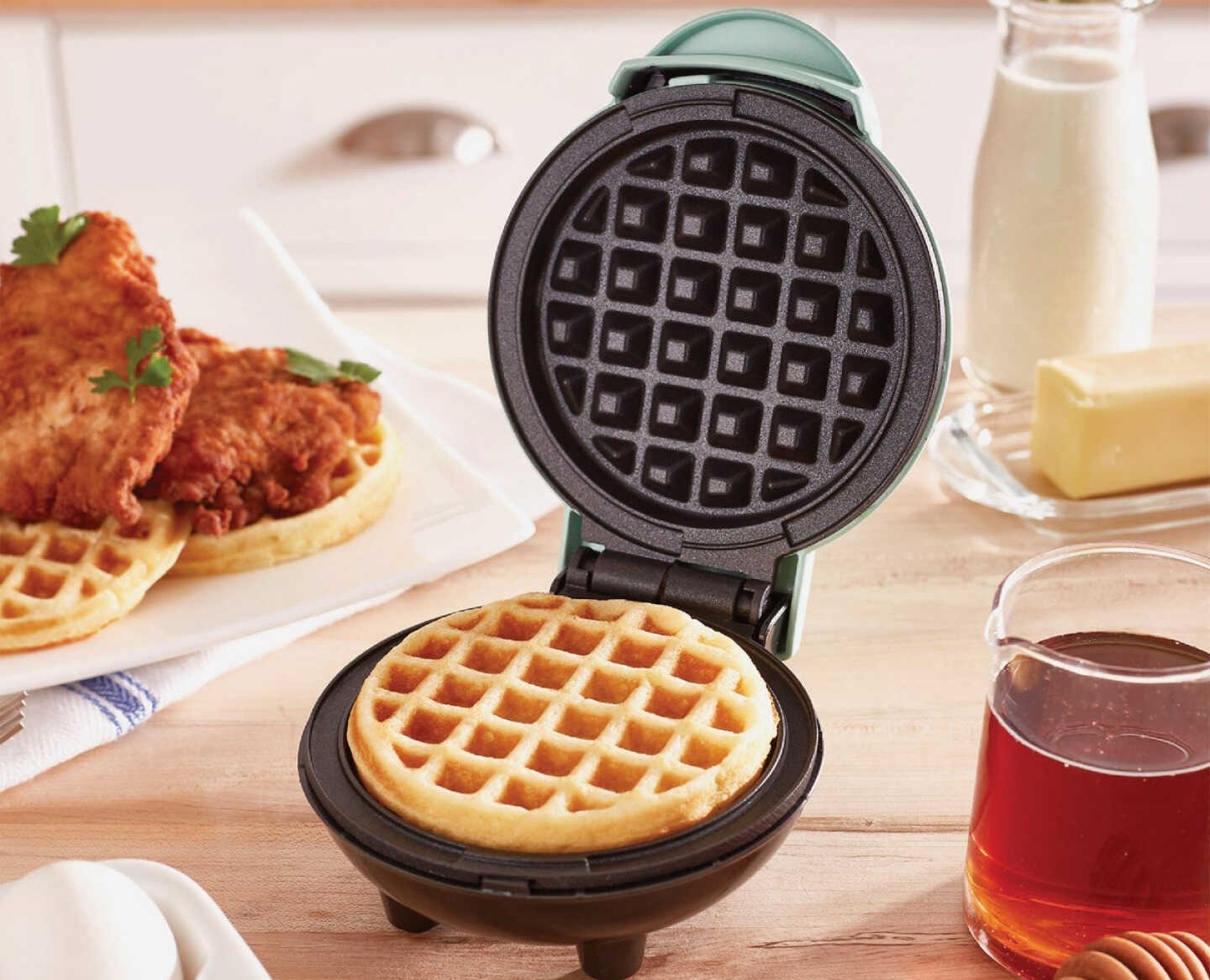
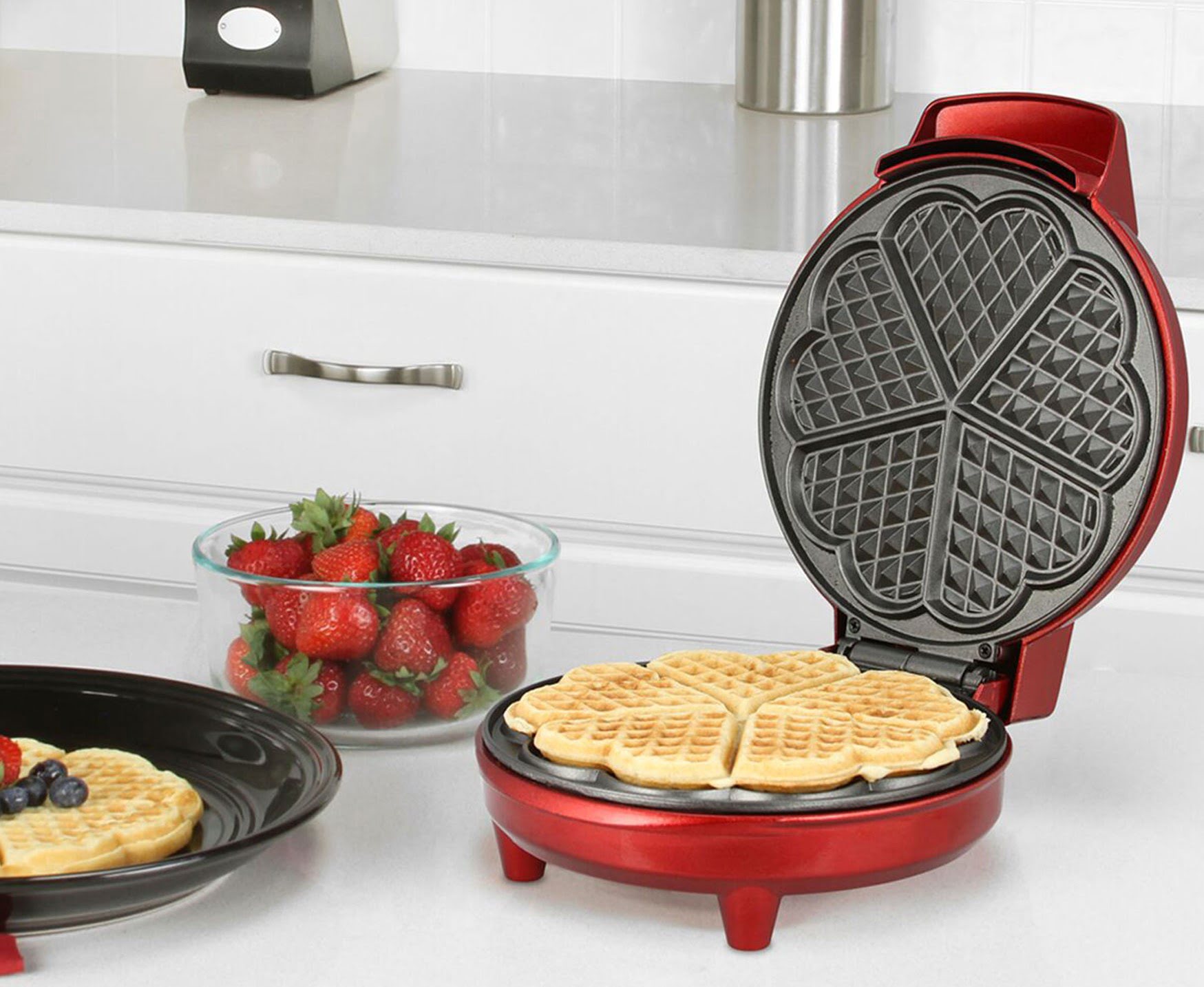
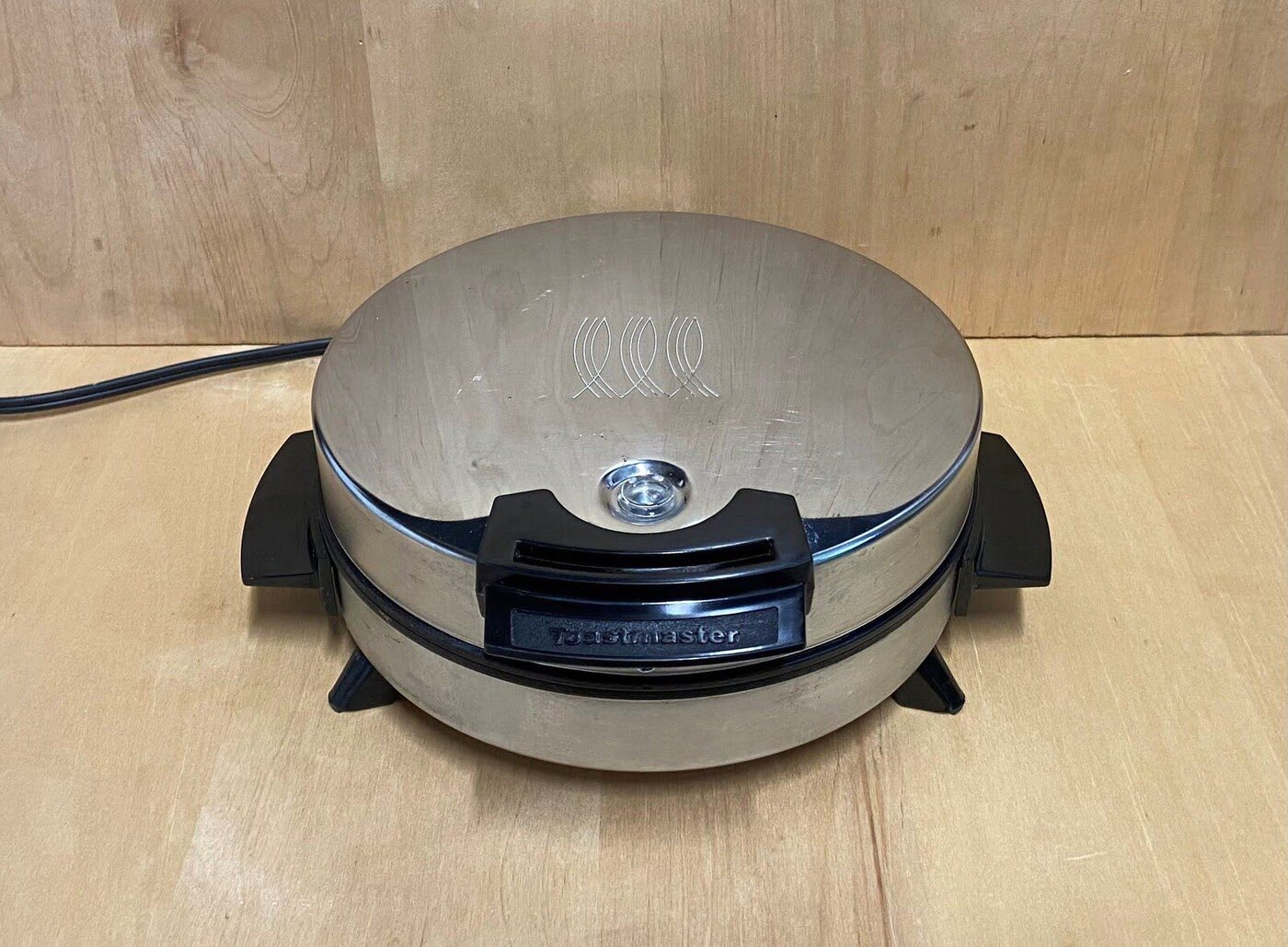
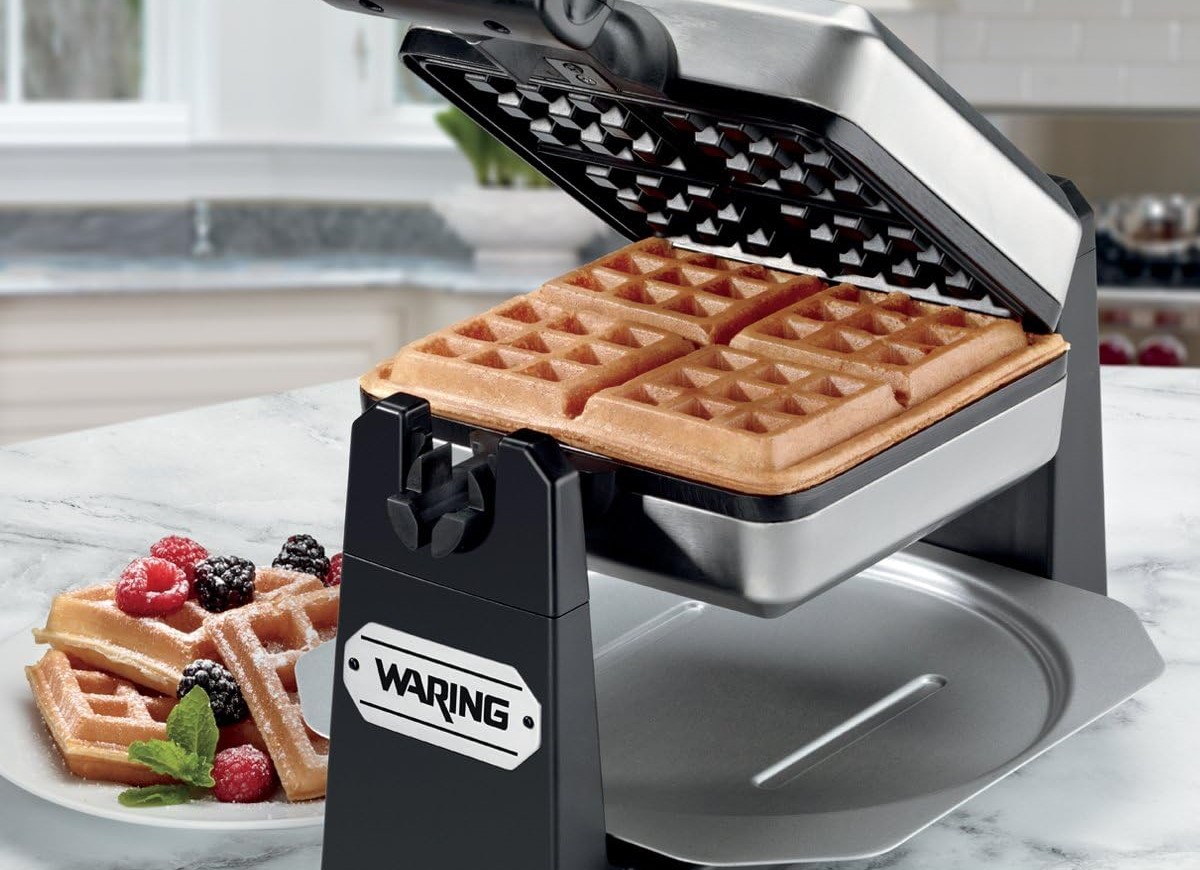
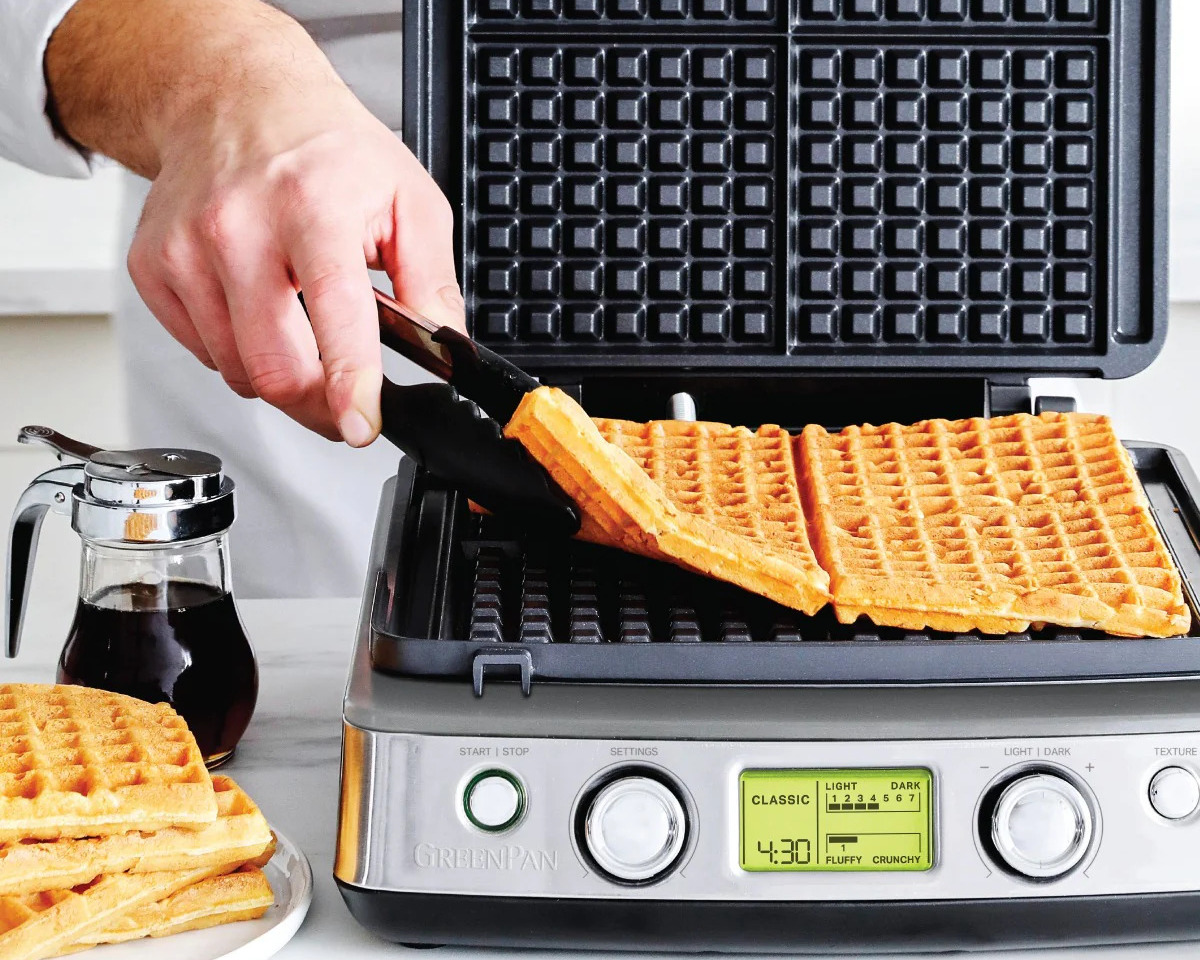
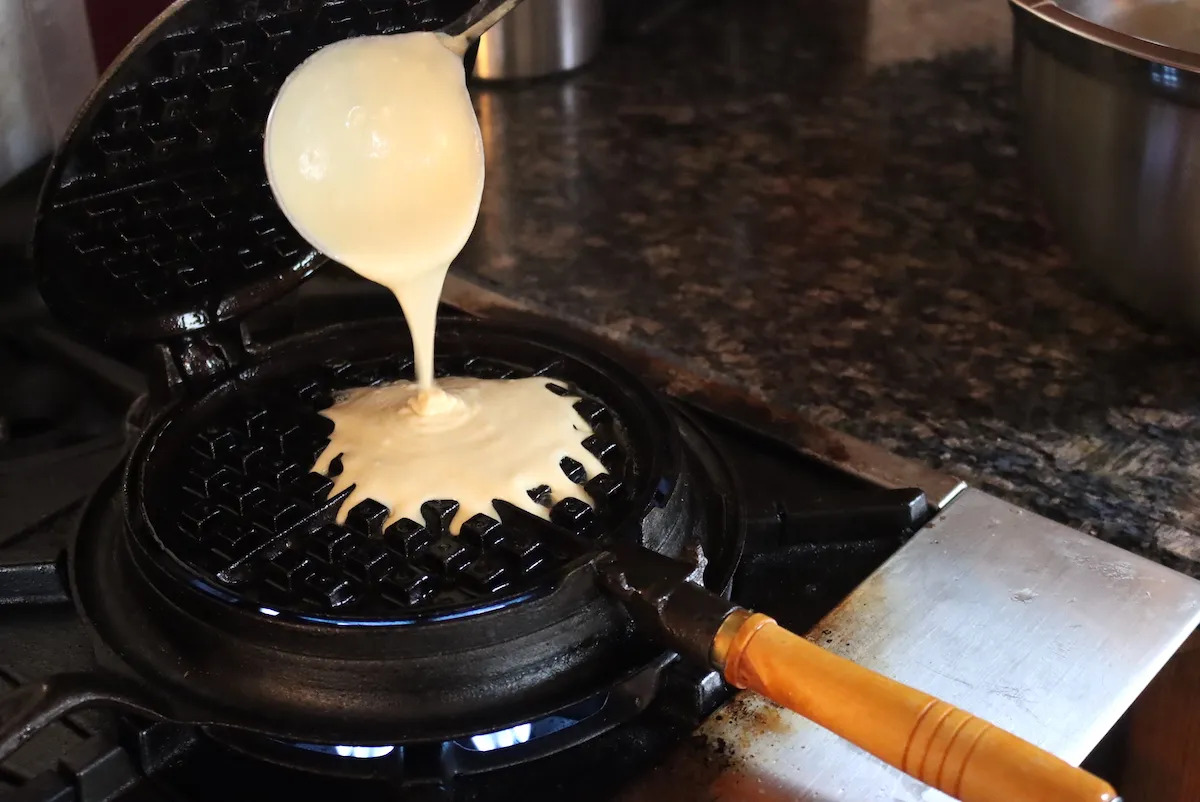
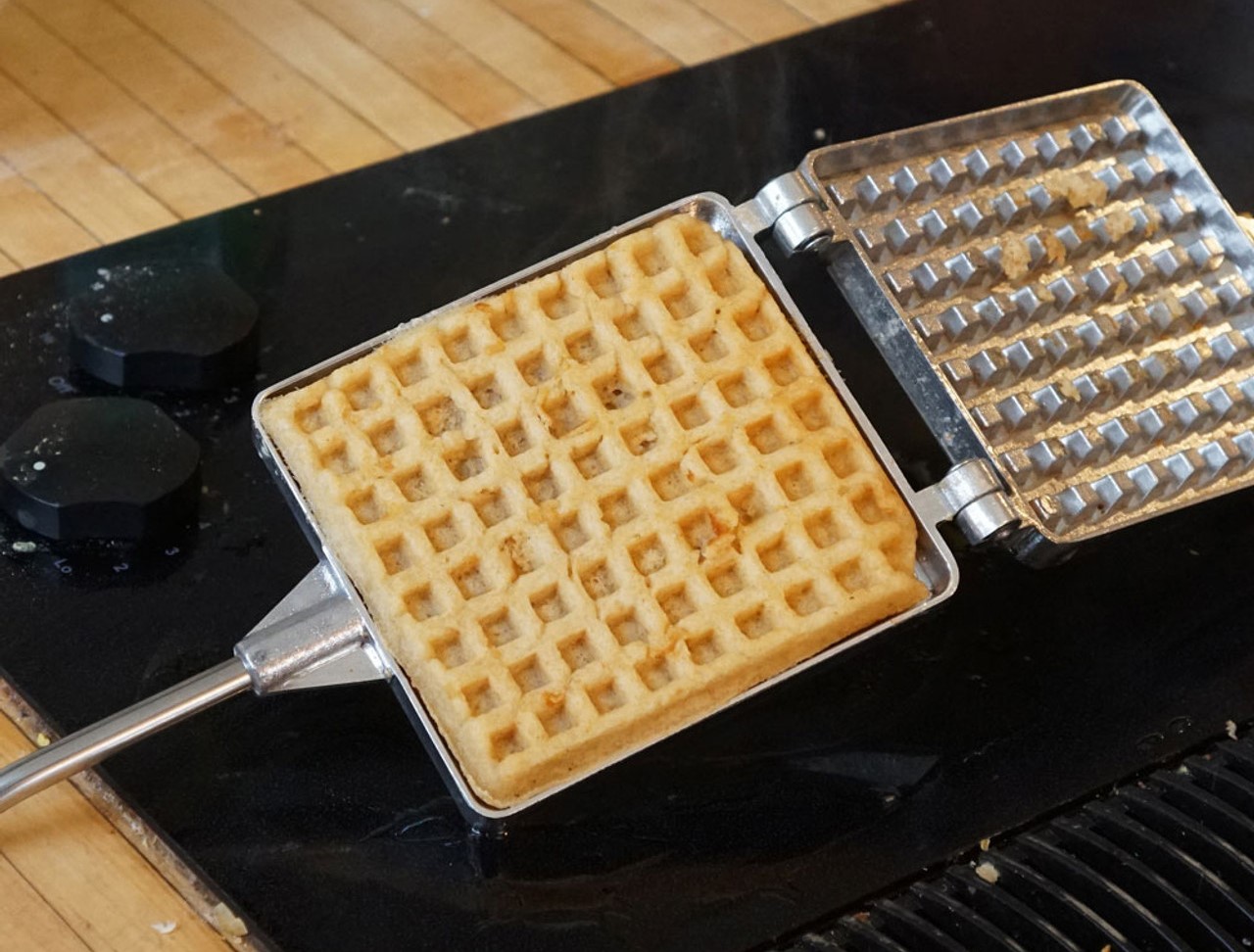
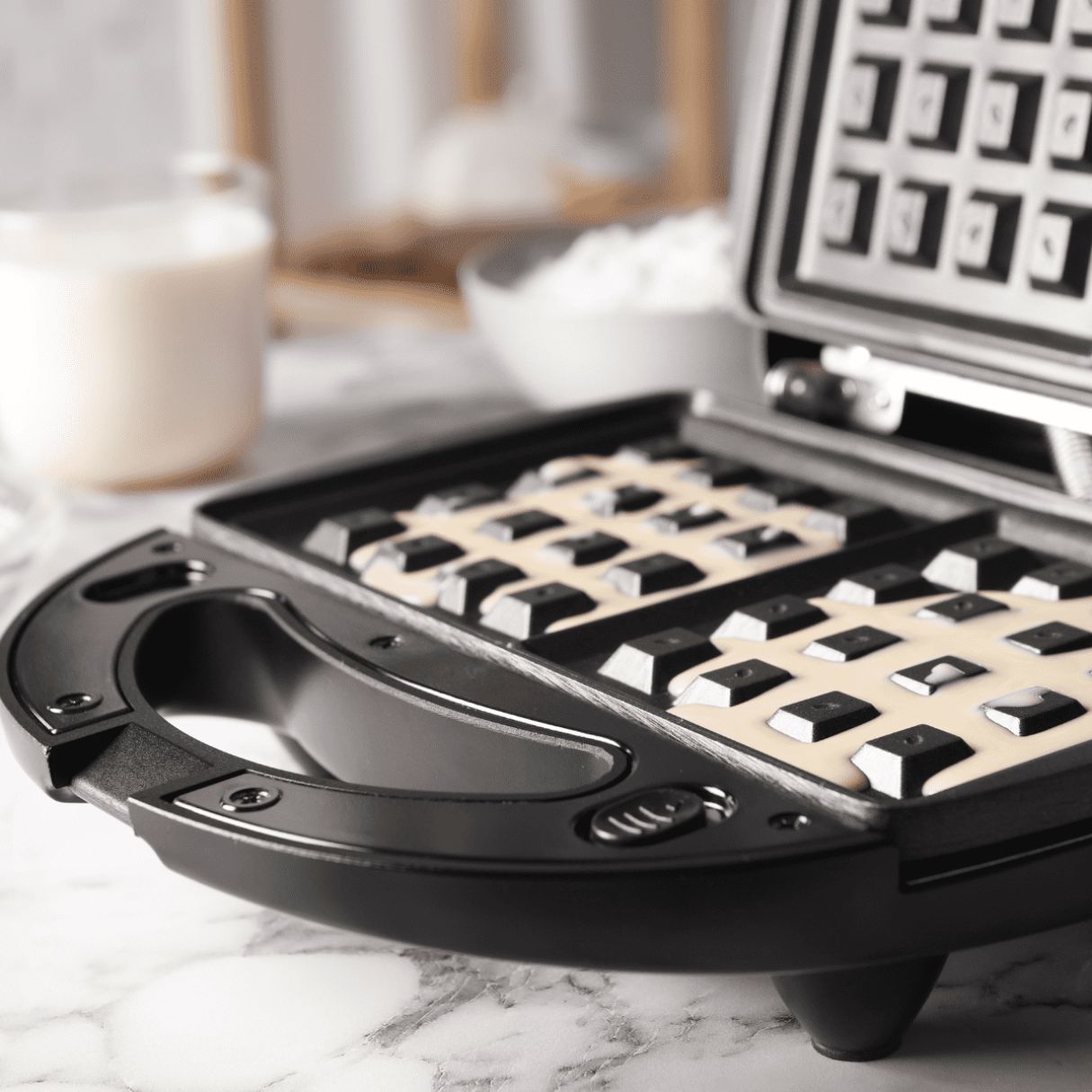
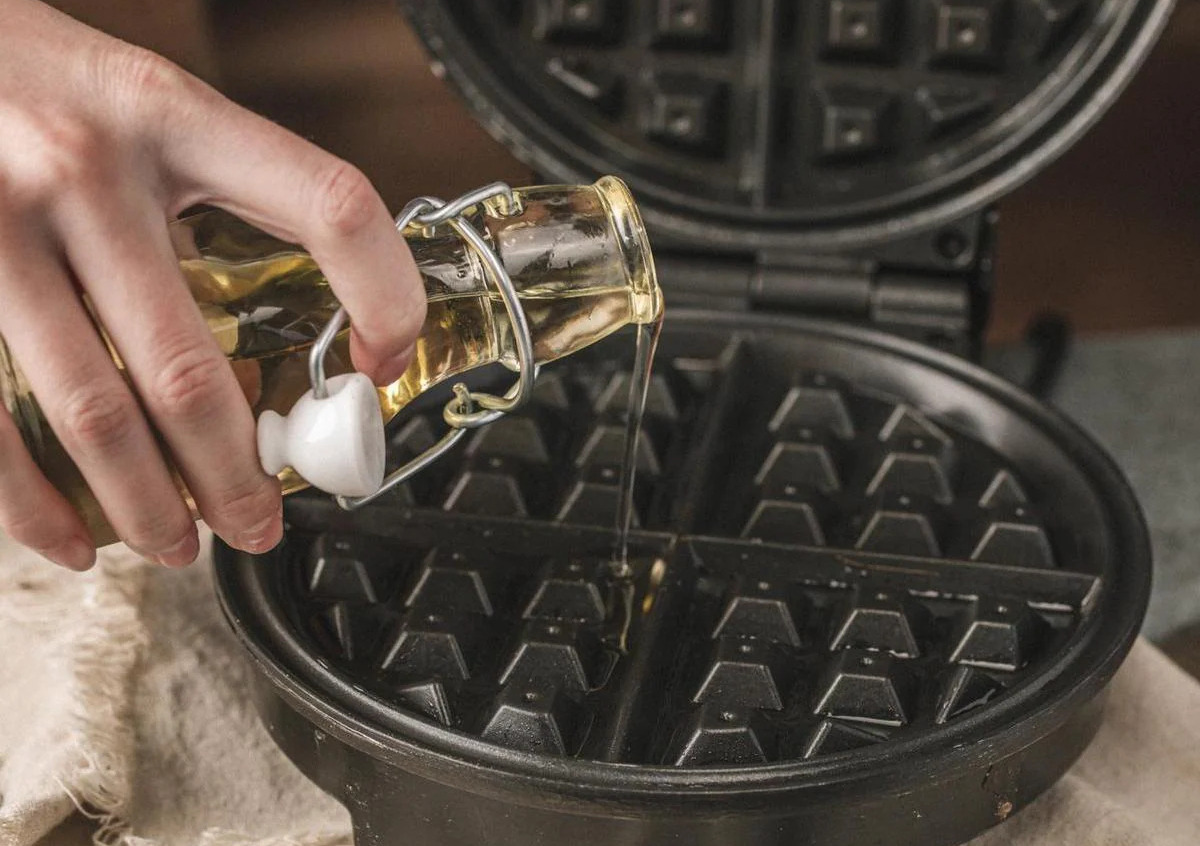

0 thoughts on “How To Use A Belgian Waffle Iron”